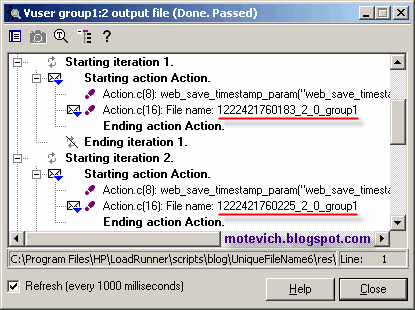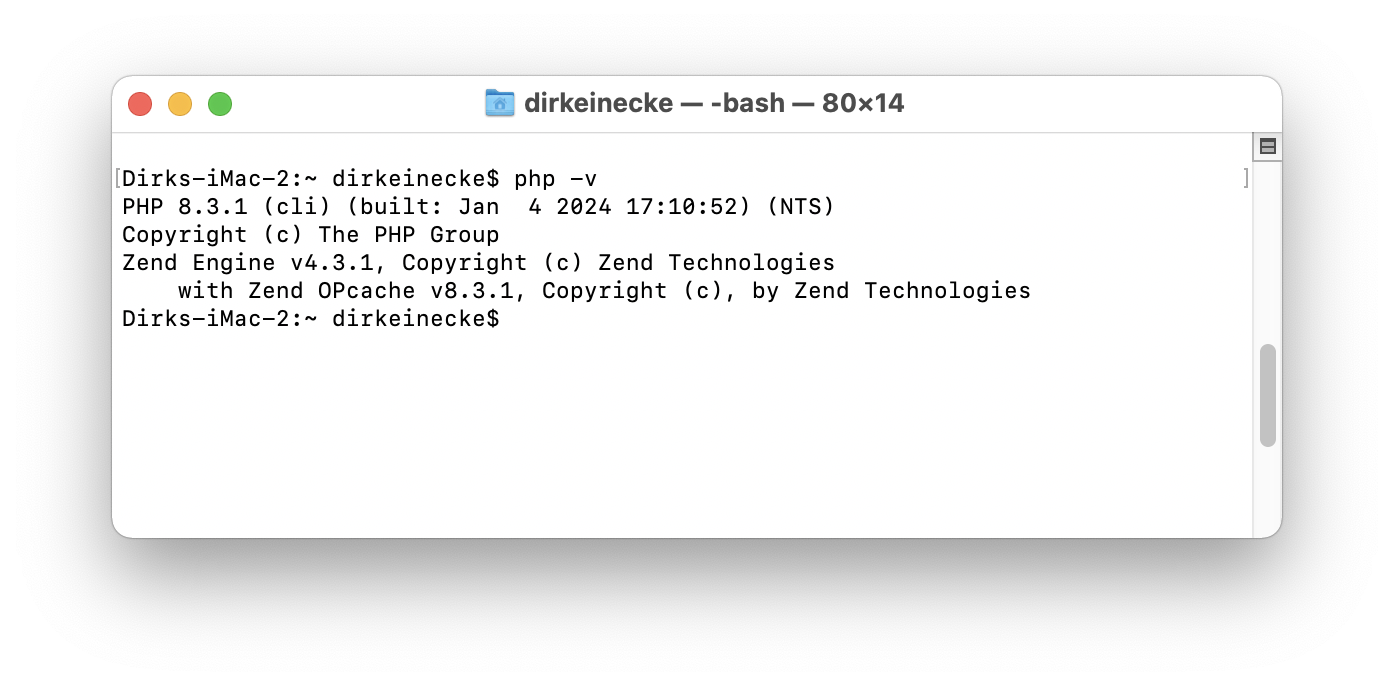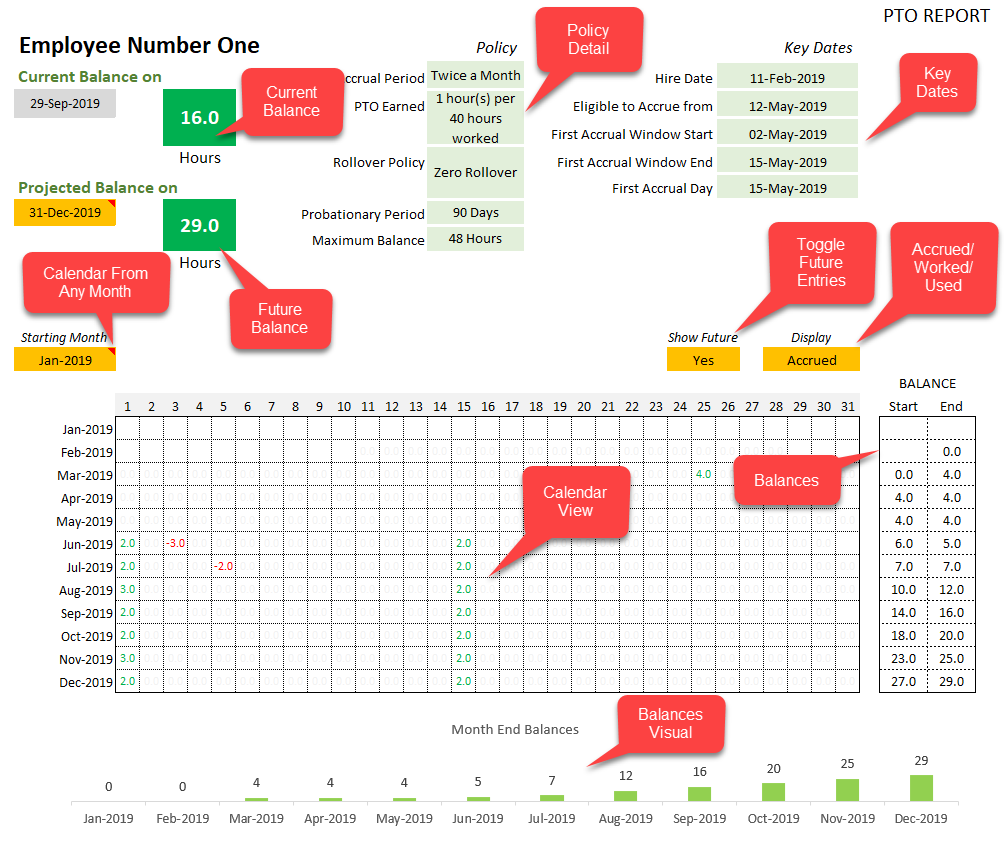5 Quick Ways to Extract Images
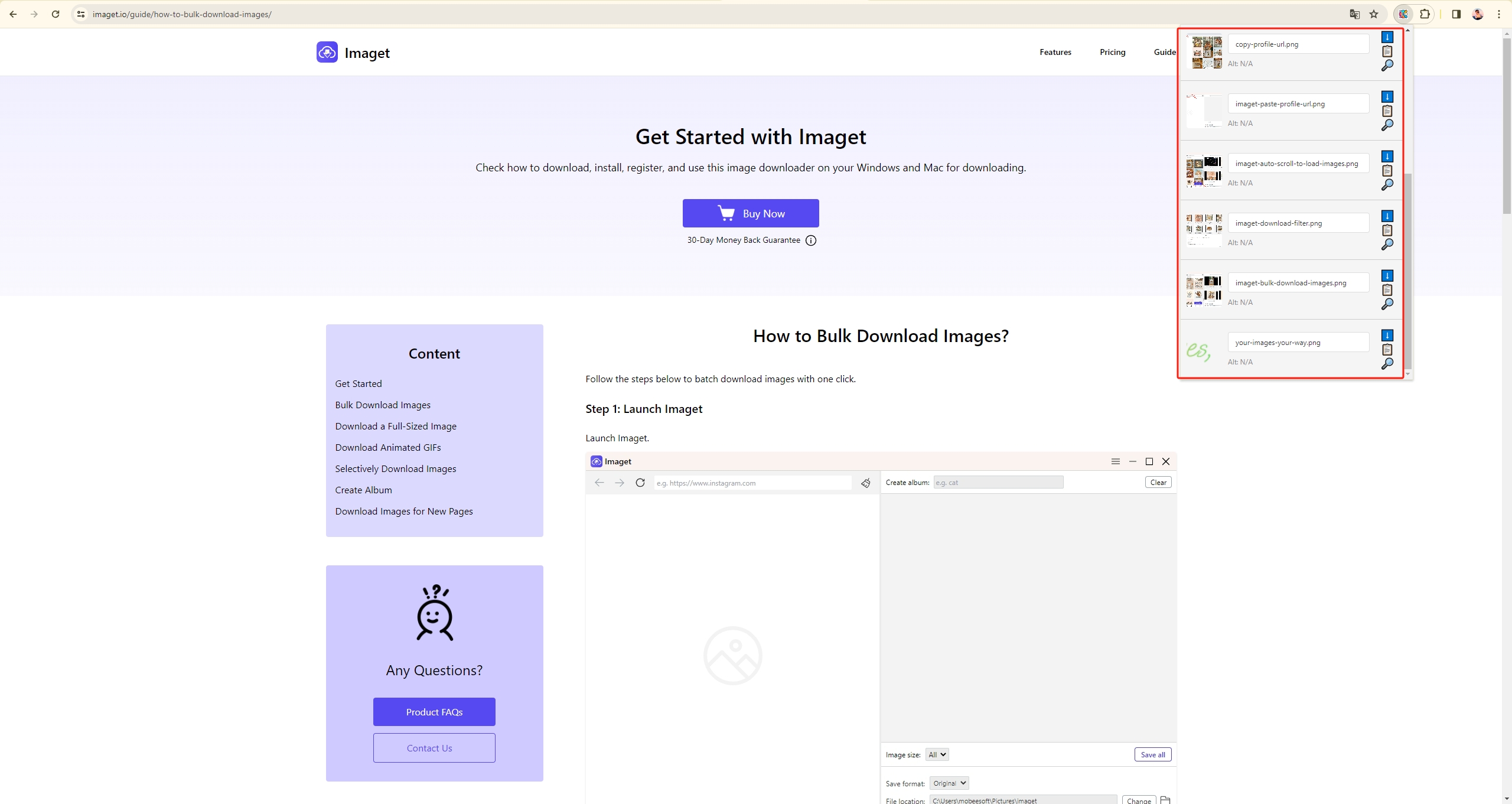
Extracting images from various sources is a common task for many professionals, from graphic designers to data analysts. While it might seem straightforward, there are multiple methods to achieve this, each with its own advantages and use cases. In this article, we will explore five quick and efficient ways to extract images, delving into the technical aspects and real-world applications of each method.
Method 1: Manual Extraction with Web Browsers
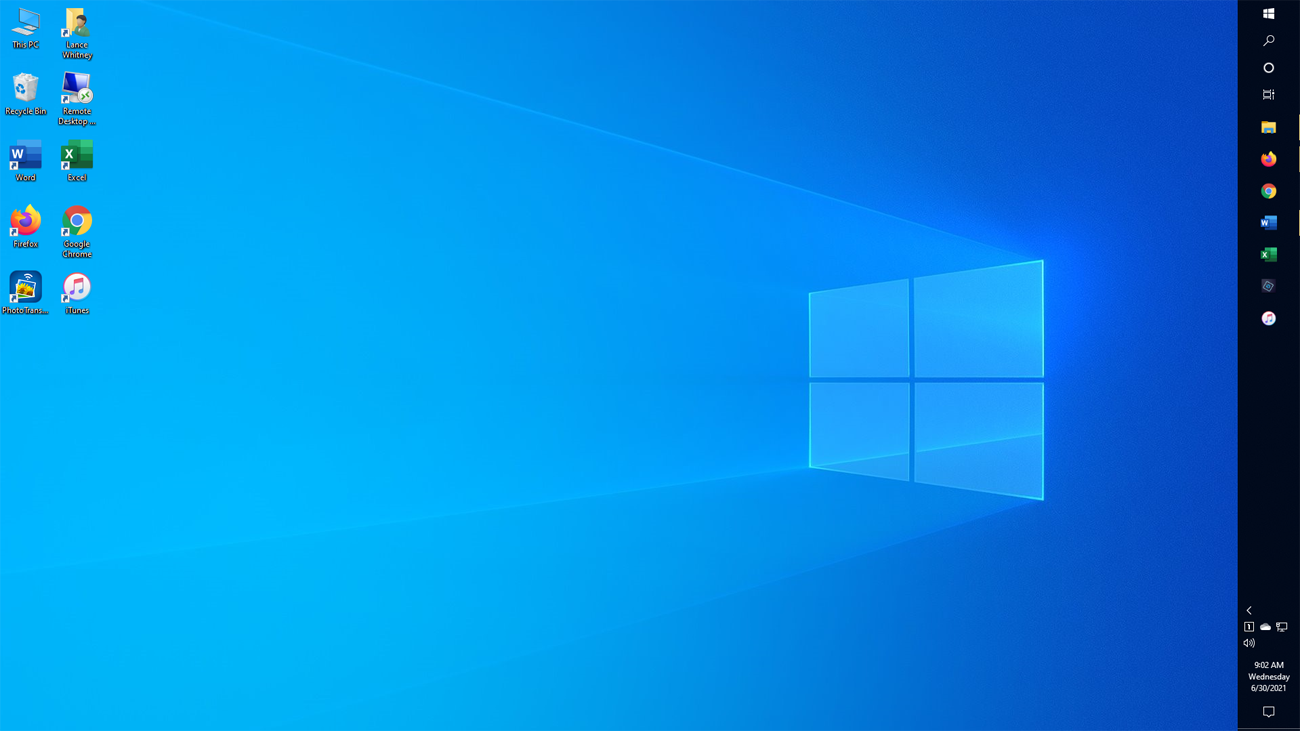
One of the simplest methods to extract images is through manual selection and download using web browsers. This method is particularly useful for small-scale image extraction, such as when you need a few specific images for a project or presentation.
To extract images manually:
- Open the desired website in your browser.
- Right-click on the image you wish to extract and select Save Image As… or Save Picture As… (the exact option may vary depending on the browser).
- Choose the destination folder and click Save.
This method is straightforward and requires no additional software, making it accessible to anyone with a web browser. However, it can be time-consuming for large numbers of images and may not be suitable for complex image extraction tasks.
Technical Specifications
Manual extraction via web browsers typically involves the following steps:
- Image Identification: The user visually identifies the desired image on the web page.
- Context Menu Access: Right-clicking on the image opens a context menu with various options.
- Save As Option: Selecting Save Image As… triggers a file-saving dialog box.
- File Format: The image is saved in its original format (e.g., JPEG, PNG, GIF, etc.).
Real-World Example
Imagine you’re a graphic designer working on a new logo design for a client. You’ve found some inspirational images on a design blog and want to extract them for reference. With manual extraction, you can simply right-click and save each image to your computer, creating a collection of inspiration for your design process.
Method 2: Screen Capture Tools
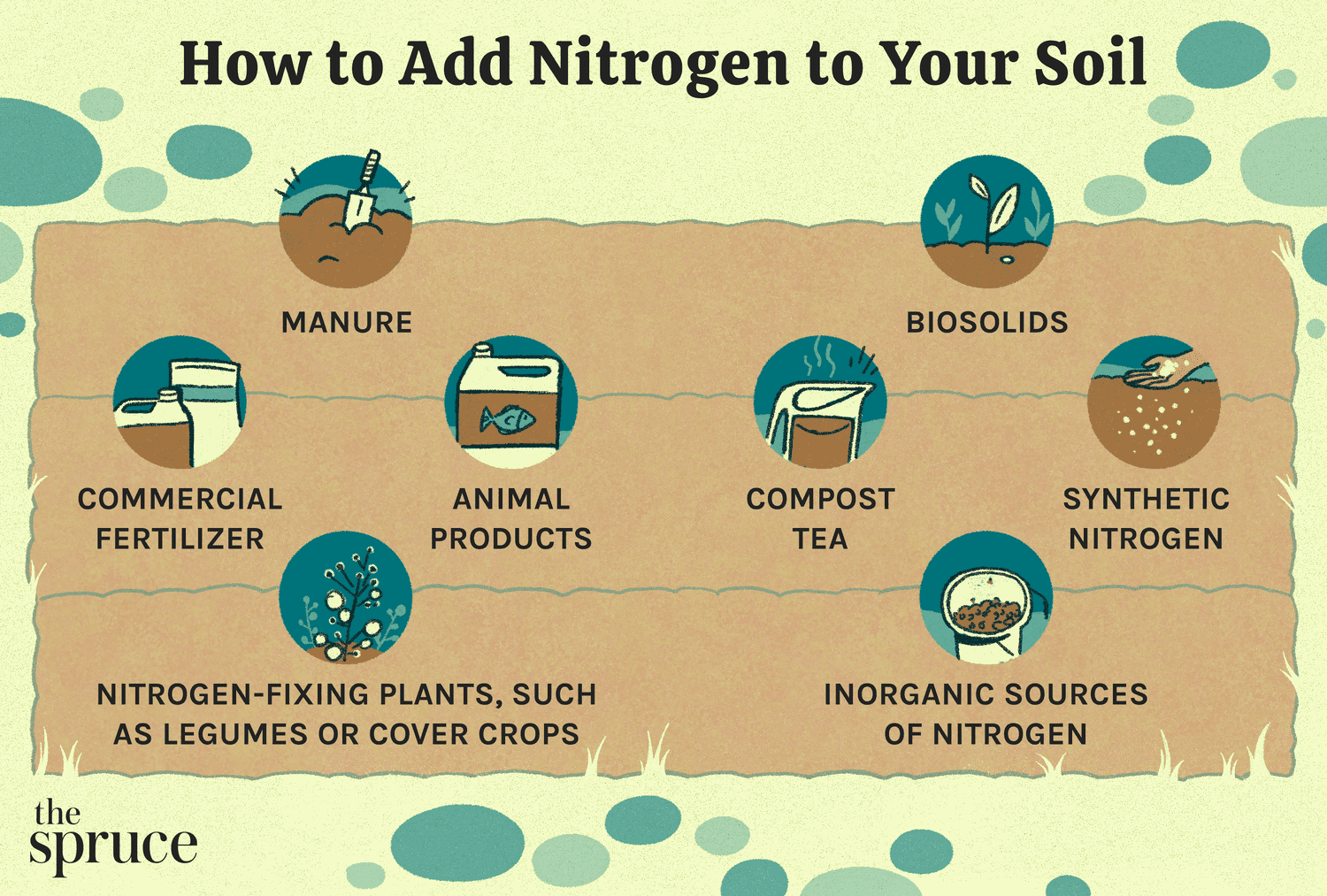
Screen capture tools offer a versatile solution for image extraction, especially when dealing with dynamic content or websites with complex image layouts.
To use a screen capture tool:
- Install a screen capture software (e.g., Snagit, Lightshot, or the built-in screenshot tools in Windows or macOS).
- Launch the software and select the desired capture method (full-screen, window, or custom region capture).
- Choose the image you wish to extract and capture it using the tool’s interface.
- Save the captured image to your desired location.
Screen capture tools are particularly useful for extracting images from applications or websites that don’t allow direct saving, such as interactive graphics or dynamic charts.
Technical Details
| Specification | Description |
|---|---|
| Capture Method | Users can select from various capture modes to suit their needs. |
| Image Editing | Many screen capture tools offer basic image editing features, such as cropping, annotations, and image effects. |
| File Format | Captured images can be saved in common image formats like PNG, JPEG, or BMP. |

Performance Analysis
Screen capture tools excel in flexibility and ease of use. However, they may not be the most efficient method for large-scale image extraction tasks, as each capture requires manual interaction.
Method 3: Browser Extensions
Browser extensions offer a convenient way to extract images directly from within your web browser. These extensions often provide additional functionality, such as batch downloading or image resizing, making them ideal for more specialized image extraction tasks.
To use a browser extension for image extraction:
- Install the desired extension (e.g., Image Downloader, Image Grabber, or Save Images) from your browser’s extension store.
- Configure the extension settings to match your preferences.
- Navigate to the website containing the images you wish to extract.
- Use the extension’s interface or context menu options to select and download the images.
Browser extensions are particularly useful for developers or content creators who need to quickly gather a large number of images from various sources.
Comparison with Manual Extraction
While manual extraction is simple and requires no additional software, browser extensions offer enhanced functionality and automation. They can save time and effort when dealing with multiple images, making them a preferred choice for many professionals.
Method 4: Web Scraping
Web scraping is a powerful technique for extracting large amounts of data, including images, from websites. It involves using automated scripts or software to crawl and extract information from web pages.
To perform web scraping for image extraction:
- Choose a web scraping tool or library (e.g., BeautifulSoup, Scrapy, or Selenium).
- Write a script or configure the tool to locate and extract images from the target website.
- Run the script to initiate the scraping process.
- Save the extracted images to your desired location.
Web scraping is ideal for data-intensive tasks, such as gathering images for machine learning training datasets or content analysis.
Technical Considerations
- Image URLs: Web scraping often involves extracting image URLs and then downloading the images using these URLs.
- Dynamic Websites: Some websites use dynamic content, which may require additional parsing techniques to extract images.
- Ethical Considerations: Always ensure you have the necessary permissions and adhere to website terms and conditions when using web scraping.
Method 5: Dedicated Image Extraction Software

For complex or highly specialized image extraction tasks, dedicated software can be an efficient solution. These tools are designed specifically for image extraction and often offer advanced features such as batch processing, image recognition, and metadata extraction.
Some popular image extraction software includes:
- Image Downloader
- Image Extractor
- Visual Scraper
To use dedicated software:
- Install the software on your computer.
- Configure the settings to match your extraction requirements.
- Run the software to initiate the extraction process.
- Review and organize the extracted images.
Dedicated software is particularly useful for tasks like extracting product images from e-commerce websites or gathering images for specific research projects.
Performance Comparison
Dedicated image extraction software often outperforms other methods in terms of speed and efficiency, especially for large-scale extraction tasks. However, they may require a higher initial setup cost and technical expertise to operate.
Conclusion
In this article, we explored five methods for image extraction, each with its own strengths and use cases. From manual extraction for simple tasks to dedicated software for complex projects, the choice of method depends on the scale and nature of your image extraction needs.
Understanding these methods can empower professionals to make informed decisions when extracting images, ensuring efficient and effective workflows.
Can I extract images from secured websites or paywalled content?
+Extracting images from secured or paywalled websites can be challenging. It often requires specialized tools or techniques, and in some cases, it may not be possible without proper access or permissions. Always ensure you have the necessary rights before attempting to extract images from such sources.
Are there any legal considerations when extracting images from the web?
+Yes, it’s important to respect copyright and intellectual property rights when extracting images. Always ensure you have the necessary permissions or licenses to use the images, especially if you plan to publish or distribute them. Failure to do so can result in legal consequences.
Can I automate the image extraction process with scripting languages like Python?
+Absolutely! Scripting languages like Python offer powerful tools for automating image extraction tasks. You can write scripts to scrape websites, download images, and even perform complex image processing tasks. Libraries like BeautifulSoup and Pillow make these tasks easier and more efficient.

